Archibald signed a one-year deal with the Oilers this summer and has already matched his career-high in goals (12) and is just three points away in setting a new career-best there as well.

Archibald signed a one-year deal with the Oilers this summer and has already matched his career-high in goals (12) and is just three points away in setting a new career-best there as well.

Riat was a fourth-round pick of the Capitals (No.117 overall) in 2016 and has remained in the Swiss-A league since. This season the 6-foot, 172 lbs. winger has scored 11 goals with 11 assists (22 points) in 36 games with Biel HC.

Carrier has 18 points (7G / 11A) in 65 games this season and ranks sixth in the NHL with 199 hits. Carrier was set to become an unrestricted free agent this summer but is now signed through the 2024 season.

Holden was set to become an unrestricted free agent after the season but is now locked up through the 2022 season. Holden has scored five goals with six assists (11 points) in 54 games this season while ranking third among Vegas defensemen in PK TOI (1:56/gm).

Muzzin was set to become an unrestricted free agent at the end of the season but will now be with the Maple Leafs through the 2024 season. The 6-foot-3, 213 lbs. defenseman has scored five goals with 17 assists (22 points) while averaging 2.1 blocks and 2.1 hits per game in 52 games this season.
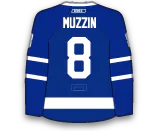

Kreider was set to become a UFA on July 1, and was long expected to be traded ahead of today's deadline. The seven-year deal will pay Kreider through his age-36 season. Kreider has 24 goals and 21 assists in 60 games this season after posting a career-high 52 points a year ago.

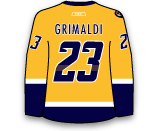
Bogosian recently had his contract terminated in Buffalo and became a free agent. With Ryan McDonagh and Jan Rutta out for multiple weeks and Erik Cernak getting hurt on Saturday, Bogosian provides some blueline depth for the remainder of the season.

Melchiori has been with the Binghamton Devils (AHL) throughout the season but signs an NHL deal that takes him through the rest of the season. During his time with Binghamton, Melchiori has five goals and eight assists (13 points) in 54 games. He has two assists in 30 career NHL games, all with the Winnipeg Jets.
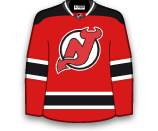

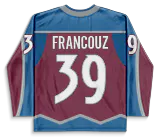
Engvall has made a splash in his first NHL season, scoring seven goals with seven assists (14 points) in 35 games. The former seventh-round pick was over a point-per-game during his time in AHL this season and his two-year extension suggests that he's in Toronto's bottom-6 plans for 2021.

Nygard has scored three goals with six assists (nine points) in 33 games in his first season in North America. The 27-year-old speedster is currently sidelined with a broken bone is his hand but is obviously in the Oilers plans for 2021.
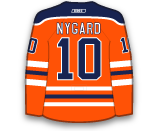
Miska has been with the Colorado Eagles (AHL) but gets an NHL deal following an injury to Adam Werner. Mika has gone 11-4-3 with a 2.45 GAA and .925 SV% in 19 AHL games.

The new deal will keep Nurse in Edmonton through the 2022 season. Nurse has scored four goals with 20 assists (24 points) in 55 games this season.

Kukan has scored one goal with four assists (five points) in 33 games this season. It's the first full NHL season for the Swiss defenseman, who has averaged 1.6 shots, 0.7 hits and 0.9 blocked shots per game.

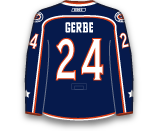
Mikkola has one assist in his first five career NHL games this season. He has spent most of the year in the AHL, where he has collected 11 points (2G / 9A) in 33 games. The 23-year-old could be a full-time member of the St. Louis blueline in 2021.

Husso has spent the entire season with San Antonio (AHL), going 10-12-8 with a 2.93 GAA and .898 SV% in 30 games. Husso projects to be the future backup to Jordan Binnington, but Jake Allen has one year left on his deal, so Husso's time likely isn't until 2022.

Some of the top NHL free agents available this summer are Mitch Marner, Mikko Rantanen, Aaron Ekblad, Nikolaj Ehlers, John Tavares, Brock Boeser, Brad Marchand and Linus Ullmark.
This offseason will bring a stacked crop of free agents to the market that will shape the landscape of the 2025-26 NHL season. Not only will the final landing spots for each of the top 2025 NHL free agents shake up the framework of the league, but will also have major implications on the upcoming fantasy hockey season. Be sure to stay in the know in regard to the latest free agency updates with our NHL player news.
On July 1st, 2025, at 12 PM EST, the 2025 NHL free agency period officially opens. While some players will have all but signed the dotted line up to this point, nothing can become official until noon on Canada Day.